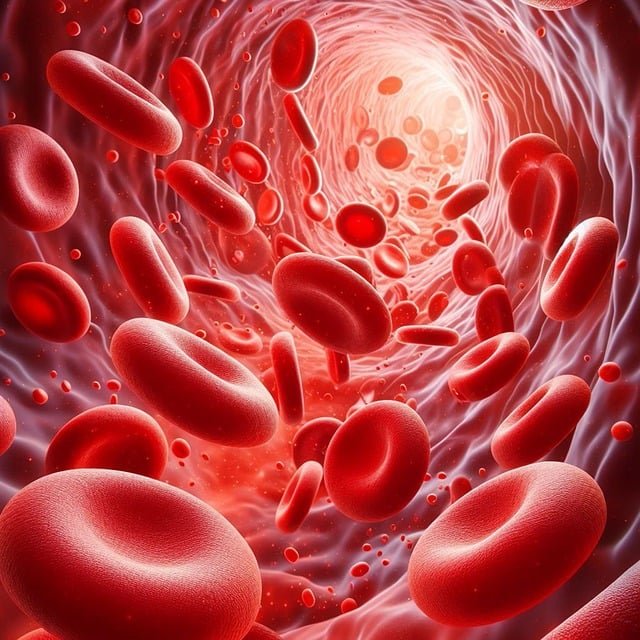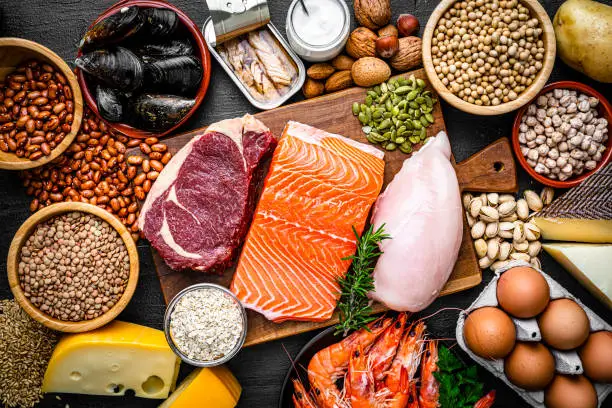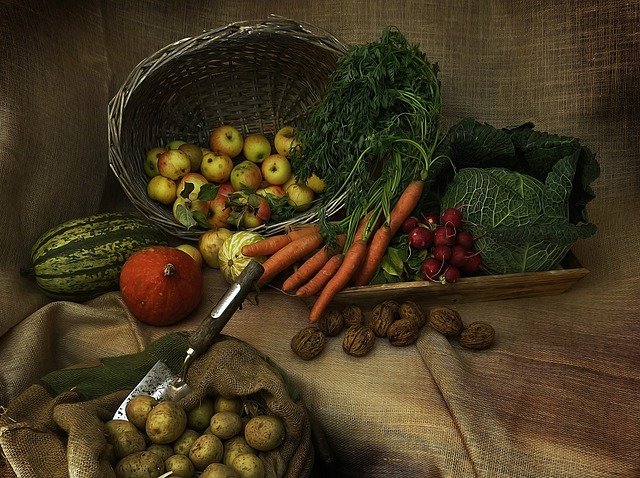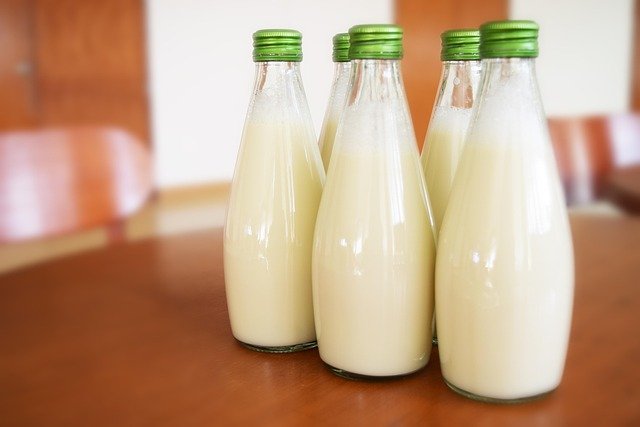Thalassemia minor—sometimes called the thalassemia trait—occurs when you inherit one mutated hemoglobin gene from a parent. While most carriers lead healthy lives with few or no symptoms, understanding how diet influences iron metabolism can help prevent complications, especially the risk of iron overload. Unlike other forms of anemia, thalassemia minor doesn’t respond to increased iron intake; in fact, excess iron can accumulate in the body and damage vital organs. Below, we explore how to craft a balanced, nutrient‑rich diet that supports overall health without exacerbating iron absorption.

Why Diet Matters in Thalassemia Minor
Hemoglobin—our red blood cells’ oxygen‑carrying protein—needs iron to function. In thalassemia minor, hemoglobin is produced at slightly reduced levels, which may cause mild anemia symptoms such as fatigue, shortness of breath, or palpitations. Rather than prescribing extra iron, clinicians focus on limiting easily absorbed iron (heme iron) while ensuring you still meet all your micronutrient needs. Key strategies include choosing foods with non‑heme iron, pairing iron‑rich foods with inhibitors of iron uptake, and loading up on protective nutrients like calcium and antioxidants.
Embrace Low‑Iron Proteins
- Poultry and plant‑based proteins
Opt for white meats (chicken, turkey) and plant proteins—beans, lentils, tofu—over red meat. These sources deliver protein without the high heme‑iron content of beef, pork, or lamb. - Eggs
The yolk contains non‑heme iron and an array of vitamins (including B12), making eggs a versatile, low‑iron protein choice. - Dairy
Milk, yogurt, and cheese supply calcium—essential for bone health and also known to inhibit iron absorption when eaten alongside iron‑rich meals.

Feed Your Body with Fruits and Vegetables
A colorful spectrum of produce delivers antioxidants, fiber, and vitamins without burdening your system with excess iron. Crucially:
- Leafy greens (excluding spinach) such as kale or Swiss chard provide valuable nutrients without the extremely high iron load of spinach.
- Root vegetables like carrots and potatoes contain non‑heme iron at low levels.
- Dried fruits (raisins, prunes, figs) offer iron plus fiber, but in a form your body absorbs more slowly.

Harness Natural Iron Blockers
Certain compounds can dial down your gut’s uptake of dietary iron:
- Tea and coffee contain tannins that reduce iron absorption. Enjoy a cup with your meal—just avoid high‑dose caffeine close to bedtime.
- Calcium‑rich foods (dairy, fortified plant milks) naturally curb non‑heme iron uptake when eaten concurrently.
- Polyphenol‑rich plant foods, including grapes, berries, and whole grains, may also play a supportive role.

Be Mindful with Vitamin C
Vitamin C powerfully enhances non‑heme iron absorption—an advantage for some, but a drawback for thalassemia minor carriers. You don’t need to banish oranges or bell peppers altogether; instead, time them between iron‑containing meals or enjoy them as standalone snacks.
Foods to Limit or Avoid
- Red meats and seafood: High in heme iron and should be swapped out for leaner, lower‑iron proteins.
- Iron‑fortified cereals and bread: Check labels for “added iron” and reserve these for occasional use.
- Spinach and other very high‑iron greens: Consume sparingly and consider pairing them with a glass of milk or a slice of cheese.
- Alcohol and smoking: Both can worsen anemia and harm bone health—avoid or limit to support overall well‑being.
Supplement Wisely
Before adding vitamins or minerals, consult your healthcare provider. Potential supplements include:
- Calcium and vitamin D to safeguard your bones—especially important if you’re limiting dairy.
- Folic acid to support red blood cell production.
- Zinc for immune health.
- Vitamin C in modest doses, taken away from iron‑rich meals.
Because many over‑the‑counter multivitamins contain iron, a tailored recommendation from a registered dietitian or hematologist ensures you’re not inadvertently adding to your iron load.
Beyond the Plate: Holistic Care for Thalassemia Minor
Diet is only one piece of the puzzle. To thrive as a thalassemia minor carrier:
- Stay active: Regular, moderate exercise promotes circulation and boosts energy.
- Stay vaccinated: Protect against infections that can exacerbate anemia.
- Build a support network: Sharing experiences with family, friends, or online communities can ease the journey.
- Consider genetic counseling: If you plan to have children, understanding your partner’s carrier status can inform family‑planning decisions.
The Bottom Line
Living with thalassemia minor often means making small but meaningful adjustments—favoring white meat and plant proteins, timing vitamin C intake, and tapping into natural iron blockers like tea and dairy. Combined with regular exercise, emotional support, and medical guidance, these dietary choices help you maintain balanced iron levels and vibrant health. By paying attention to what you eat and how nutrients interact, you can minimize anemia symptoms, protect your organs from iron buildup, and nourish your body for years to come.

